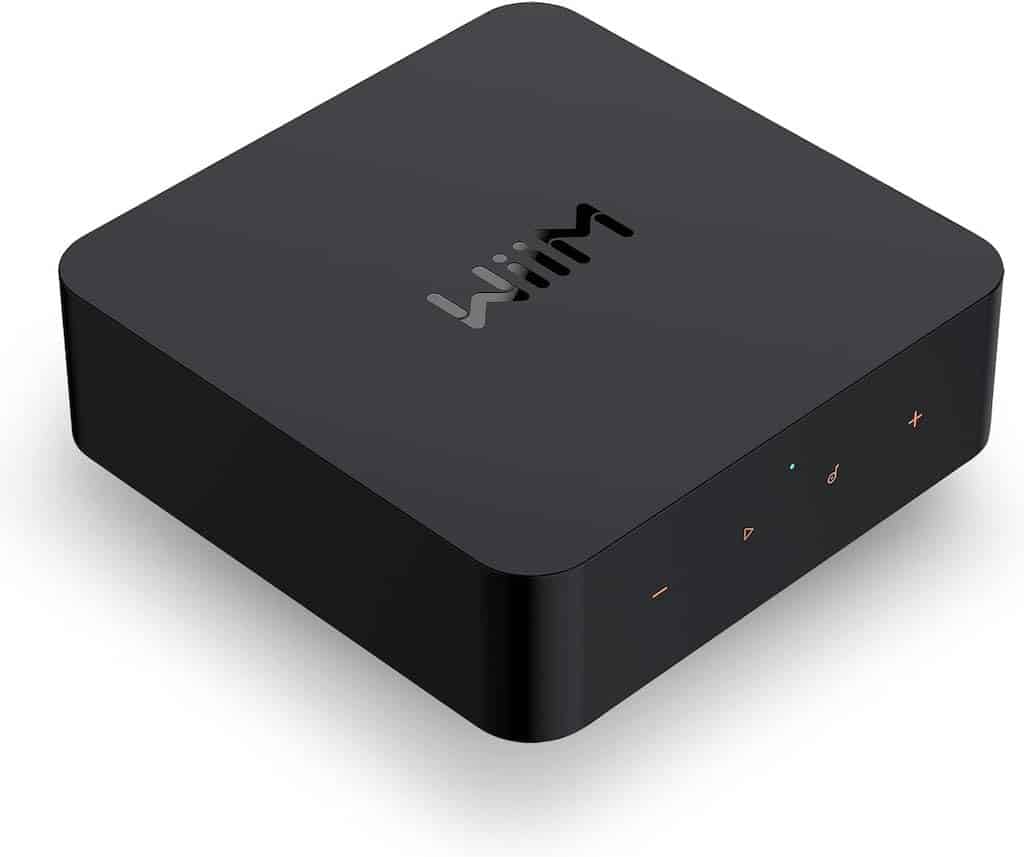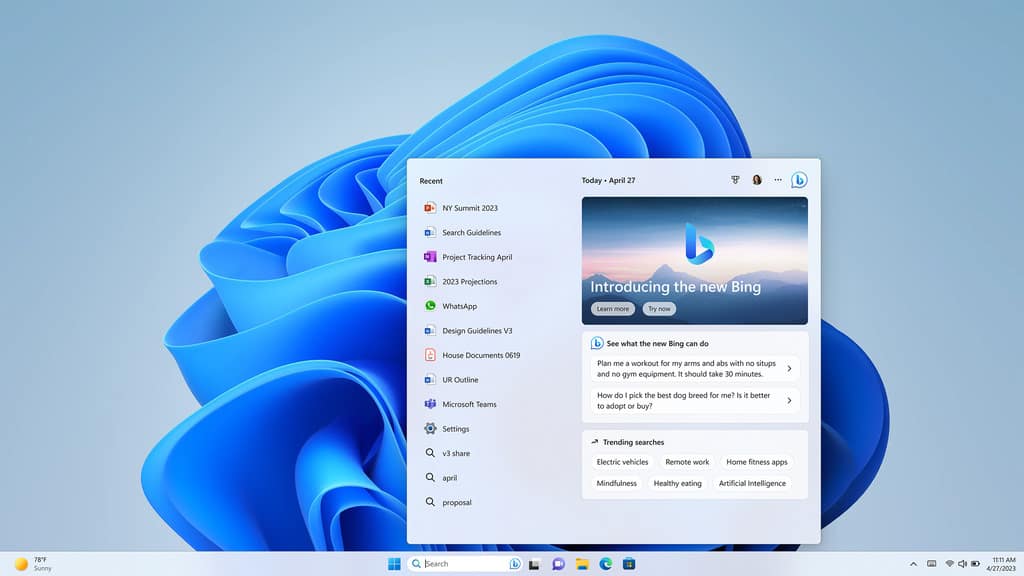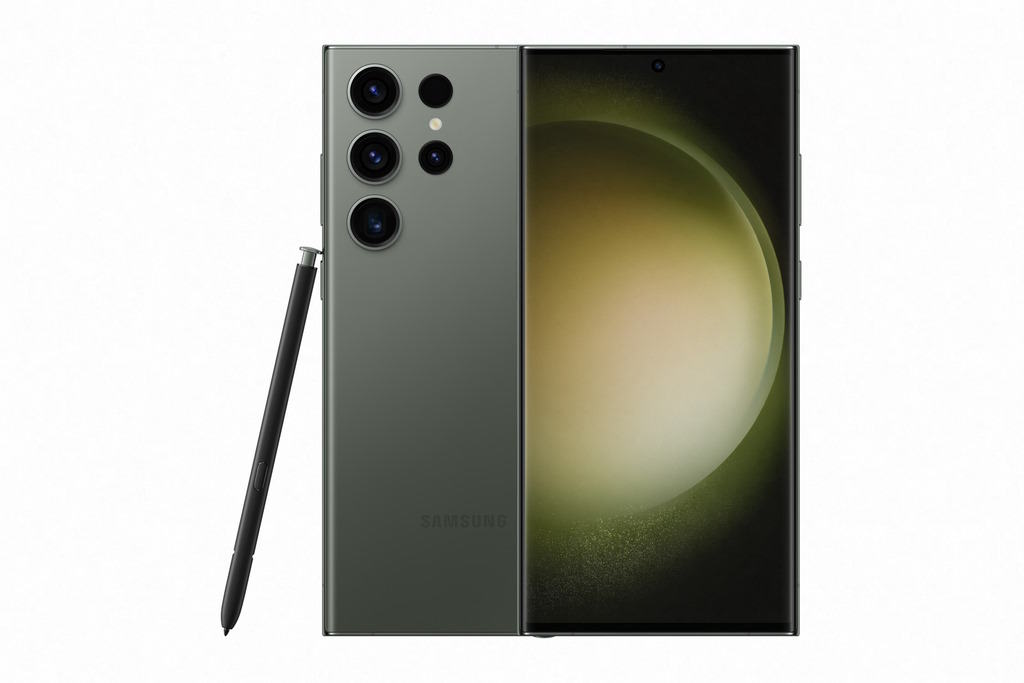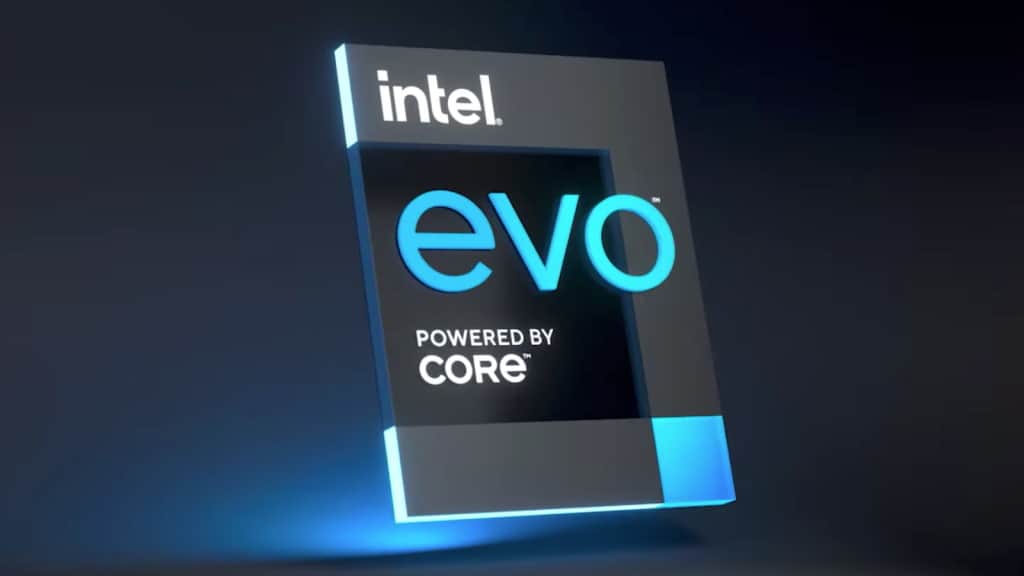-
- 9/109/10
Summary
Lenovo X1 (3rd Gen) Tablet
$3399.00
PAT PILCHER takes the latest generation Lenovo X1 for a spin and discovers this is one tablet he doesn’t mind taking.
 Lenovo has a huge following and it’s not hard to see why with the ThinkPad X1 (3rd Gen).
Lenovo has a huge following and it’s not hard to see why with the ThinkPad X1 (3rd Gen).
It sports a rugged design, an impressive spec and a tonne of versatility. While The X1 isn’t cheap, retailing for $3399, it is built to last and is aimed at enterprise users expecting both versatility and durability.
Three generations from its original release, the X1 offers solid bang for buck. Performance-wise it’s no slouch thanks to an 8th-gen Intel quad-core CPU, eight to 16 GB of RAM and a roomy 512GB SSD, which is complemented by a crisp 3000×2000 IPS display. Best of all, the detachable keyboard offers up excellent typing.
 If that’s what’s good, the not-so-good is battery life which, while not too shabby, could be improved.
If that’s what’s good, the not-so-good is battery life which, while not too shabby, could be improved.
Like the original IBM ThinkPad notebooks, the X1 Tablet 3rd Gen’s magnesium-aluminium construction feels like it would withstand a thermonuclear war. Lenovo says the device meets a pile of MIL-STD 810G tests to measure its ruggedness. All told, the odd bump and knock that you’re likely to experience while on the move shouldn’t be a problem here, even if they’d leave many other notebooks crying for repair shop time.
Unpacking the X1, I was struck by just how similar to the excellent Microsoft Surface it is. This latest generation comes with a built-in kickstand so it can recline from being near vertical to almost flat. As with the Surface, there is also a microSD card slot, but it has been moved into the side-mounted SIM card slot. The kickstand also has rounded edges which, while a simple touch, help to improve comfort levels when using it on your lap.
 Another nice touch is the Windows Hello-compatible fingerprint reader located on the right-hand side. It was both accurate and quick. There is also face recognition.
Another nice touch is the Windows Hello-compatible fingerprint reader located on the right-hand side. It was both accurate and quick. There is also face recognition.
The X1 sports a 13-inch 3000×2000 display. An IPS display, it lacks the hyper-saturated vividness of OLED, but still manages to look good. While its screen is bigger than the Surface Pro, the bezels are largish. That said, they house two front-facing speakers plus a Windows Hello-enabled IR face recognition system.
The most significant change with this generation X1 is that Lenovo included two USB-C ports with Thunderbolt. The addition of Thunderbolt 3 is a huge bonus as it allows you to add external storage, power or even a monitor – all of which are a doddle to hook up. Annoyingly, there were no dongles to help with backward compatibility, so factoring in a few extra bucks for dongles or legacy USB-C to USB-A hub into your purchase price is a must. Having only two ports (one is needed for power), means some port-juggling is likely.
Being a Windows 10-powered device, it’s dead easy to set it up to respond to “Hey Cortana” voice prompts. What was a pleasant surprise was how well the X1 could hear me from across the room. It turns out that this is thanks to the addition of far-field mics. For getting quick answers to questions (settling pub arguments), setting reminders and so on, it really added to the versatility.
Another area where this device shone was with typing. Where many find the flex and lack of key travel in Microsoft’s Surface annoying, the X1’s detachable keyboard had minimal flex and offered up 1.5mm of travel. The combination made for workable touch typing to the point where I often forgot I was typing on a detachable tablet keyboard.
 Thinkpad fans will also rejoice at the inclusion of the TrackPoint nub along with the touchpad. In use, both worked well, and the TrackPoint was unobtrusive while the trackpad also did an excellent job. Add in a touch screen and users are spoiled for choice.
Thinkpad fans will also rejoice at the inclusion of the TrackPoint nub along with the touchpad. In use, both worked well, and the TrackPoint was unobtrusive while the trackpad also did an excellent job. Add in a touch screen and users are spoiled for choice.
On the audio front, I found the built-in speakers lacked grunt. While I don’t expect floor shaking bass, noisy environments such as airport lounges drowned out the audio. This was fixed by turning on the included Dolby Atmos enhancement (Control Panel > Speakers Properties > Dolby Atmos) and/or connecting some cans to the 3.5mm socket or via Bluetooth.
While Lenovo bundle a stylus with the X1, there was no loop or slot to stow it, which worryingly means it could soon end up lost. Storage aside, the pen is excellent to use with minimal latency, and the ability to register up to 4096 levels of sensitivity. There is also a handy Lenovo Pen Settings app to configure what both buttons on the pen do.
 The X1 is available in several configurations, including an eighth-generation quad-core Intel i5 or i7 CPU, 8 or 16GB of RAM plus a fast SSD. The machine as tested had an Intel Core i5 processor, 16GB of RAM, 512GB of storage and 4G, and it chewed through everything I threw at it and barely broke a sweat in the process. About the only weak spot in the spec is the integrated Intel UHD 620 GPU.
The X1 is available in several configurations, including an eighth-generation quad-core Intel i5 or i7 CPU, 8 or 16GB of RAM plus a fast SSD. The machine as tested had an Intel Core i5 processor, 16GB of RAM, 512GB of storage and 4G, and it chewed through everything I threw at it and barely broke a sweat in the process. About the only weak spot in the spec is the integrated Intel UHD 620 GPU.
While the X1 is never going to be a gaming rig, it managed fine with editing big images using paint.net. All told, the performance was excellent – just don’t expect hardcore gaming from it – unless you use an external graphics card.
 I typically got just under a day of use away from a mains socket. It’s not a bad compromise given its large 3K display and powerful CPU. Seven hours of battery life isn’t anything to sneeze at.
I typically got just under a day of use away from a mains socket. It’s not a bad compromise given its large 3K display and powerful CPU. Seven hours of battery life isn’t anything to sneeze at.
Priced at $3399, the X1 isn’t cheap, but it offers similar or better specifications than Microsoft’s Surface Pro, and Thunderbolt 3 expandability. You also get plenty of value for your money. The X1 Tablet is solidly built and its screen is gorgeous, as are both the kickstand and keyboard. While battery life could be better, integrated 4G means working from almost anywhere is possible. For a top-end PC workhorse, the Lenovo ThinkPad X1 Tablet is a real contender.
Tech Spec
Processor: 1.6GHz Intel Core i5 or i7
Memory: 8GB or 16GB 1,867MHz LPDDR3
Display: 13-inch IPS
Graphics: Intel UHD 620
Storage: 256GB, 512 or 1TB PCIe-NVMe M.2 SSD
Camera: Front: 2MP, rear: 8MP
Wireless: Intel dual-band 8265 Wireless 802.11ac, Bluetooth 4.1
Ports: Two USB-C/Thunderbolt 3 ports, nanoSIM card/microSD combo slot, 3.5mm headphone jack, Kensington lock
Battery: 42Wh
Operating system: Windows 10 Pro
Weight: 1.27kg
Size: 304 x 226 x 9mm (W x D x H)














